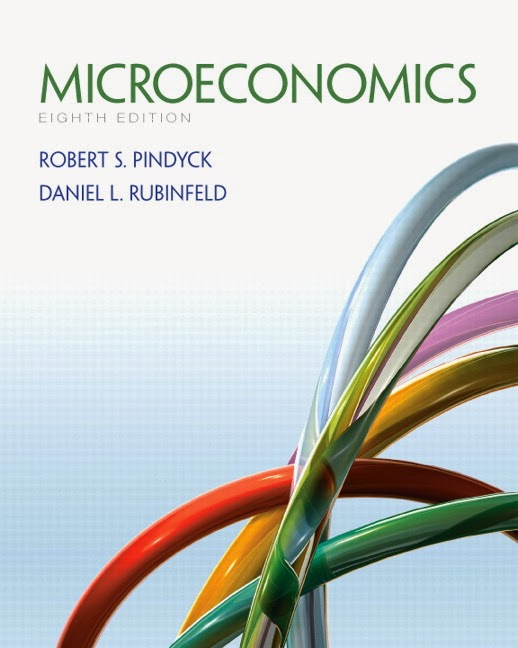
INTERMEDIATE MICROECONOMICS
 |
| Fall 2016 |
 |
Economics 201 INTERMEDIATE MICROECONOMICS |
|
|
|
|
|
|
I. Theory of the Consumer
A. Introduction
. 1. Themes of microeconomics a. Trade-offs
. (1) Consumers - decide between different products (2) Firms - decide which products to produce and how to produce them (3) Workers - decide between labor and leisure, including whether to enter workforce . b. Prices and markets
. c. Theories and models
- Graphs, tables, mathematical expression
. d. Positive vs. normative analyis
. 2. Markets
. a. Competitive vs. noncompetitive markets
. b. Market definition
. . . . . . . 3. Real vs. nominal prices
. 1. Price indexes a. Consumer price index
. b. Producer price index
. 2. Calculating the real price . . . . . . |